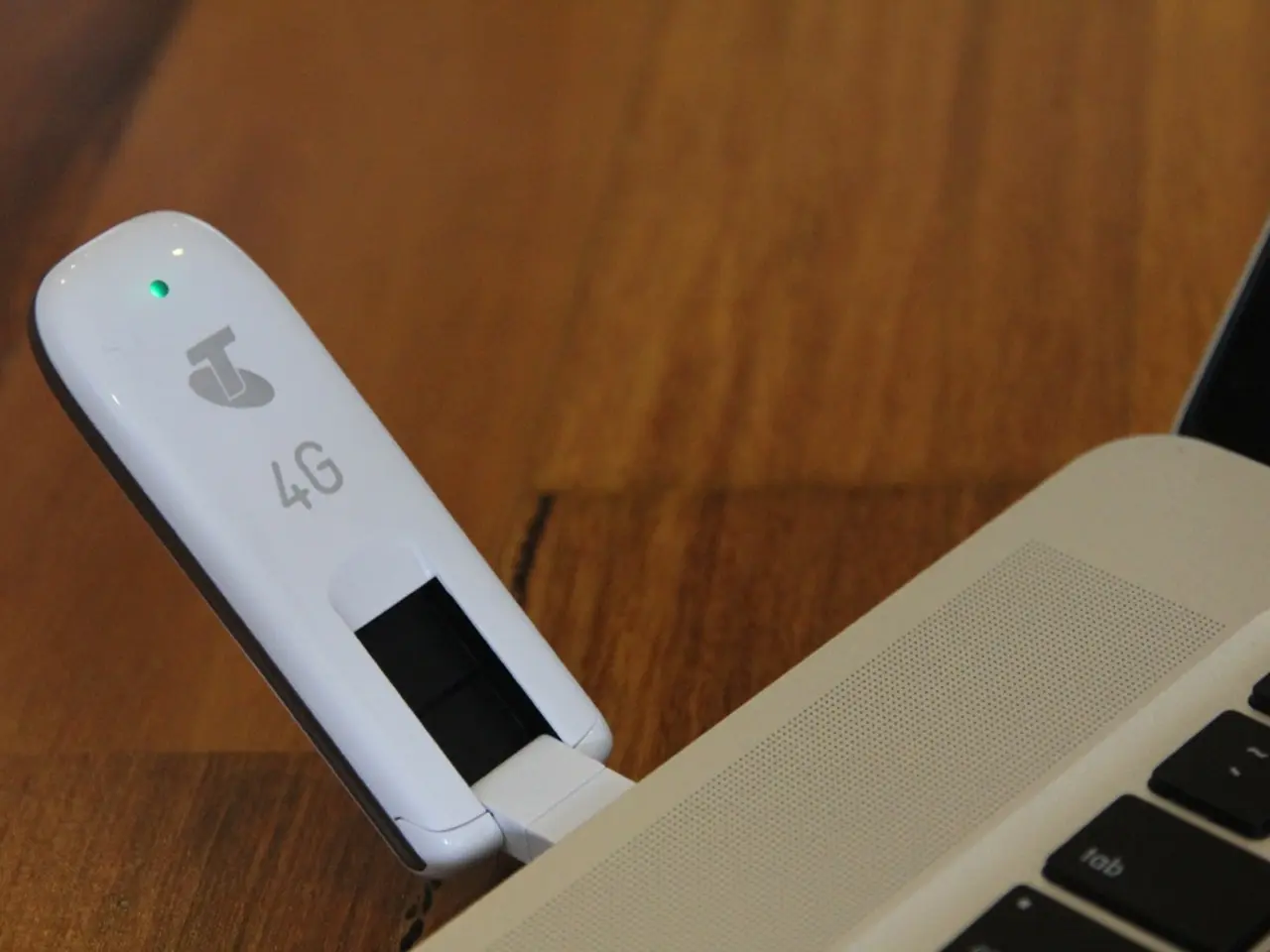Utilizing Digital Twin Technology in Small Harbor Infrastructure
Small ports across the globe are adopting digital twin technology to enhance their operations and build resilience against disruptions. This innovative approach, which creates virtual replicas of physical port assets and processes, offers significant benefits for optimizing operations and decision-making.
In Hamburg, Germany's largest seaport, the digital twin is designed to support executives in making challenging decisions under pressure by providing reliable data. Similarly, the digital twin model in Singapore includes artificial intelligence and predictive analytics to aid workers in handling vessel refueling.
Antwerp-Bruges, Europe's second-largest port, oversees over 300,000 shipping movements annually and developed a digital twin to eliminate blind spots, increase safety, and improve efficiency. For smaller ports, the focus should be on specific decision-making tasks, such as labor needs or vessel movements, to lower development costs.
Digital twins provide numerous advantages, including predictive maintenance to anticipate and prevent equipment failures, optimizing vessel loading/unloading and berth assignments, and maximizing equipment uptime. These improvements lead to reduced delays and turnaround times. Additionally, digital twins support environmental sustainability efforts by enabling simulation of energy consumption and emissions for better planning.
Beyond operational efficiencies, digital twins help small ports manage disruptions more effectively. They allow scenario modeling, such as forecasting port congestion or environmental impacts, and enable automated real-time adjustments like rerouting shipments or reallocating resources. This capability shifts port management from reactive to predictive and proactive, which is invaluable given today's volatile global logistics environment.
An analysis of peers' success with digital twins encourages leaders to adapt those strategies to align with their resources, time frames, and other factors. For instance, 29% of global manufacturers already use digital twins for decision-making, often to avoid downtime and identify bottlenecks.
The digital twin at the Port of Corpus Christi, Texas, geolocates every asset to within 1,000 feet and allows users to click on individual vessels to see their locations, retrieve contact details, and assess whether ships can successfully navigate the port. Modern ports invest in digital twin technologies to lower accident risks and increase worker productivity.
In Singapore, the digital twin model enhances situational awareness and supports resource deployment across teams by compiling data from aerial drone footage and real-time traffic content. Singaporean government officials are using digital twins to plan for chemical spills and other pollution issues in ports. The digital twin in Hamburg is intended to retrieve past data to predict future events and aid planning for potential scenarios.
Studying real-life case studies of digital twin usage at ports helps executives determine the most impactful ways to use the technology. Smaller ports can reap the benefits of digital twins by choosing the project scope, focusing on goals and challenges, and launching a small pilot before expanding.
With digital twins, small ports can become more data-driven, resilient, and competitive in the supply chain ecosystem, providing improved customer service and overall port efficiency.
- The digital twin technology, adopted by small ports worldwide, helps in creating virtual replicas for optimizing port operations and building resilience.
- In Hamburg, Germany, the digital twin is implemented to aid executives in making informed decisions by providing them with reliable data under pressure.
- Singapore's digital twin model, integrated with artificial intelligence and predictive analytics, assists in handling vessel refueling more effectively.
- Antwerp-Bruges, Europe's second-largest port, created a digital twin to reduce blind spots, enhance safety, and improve efficiency in their operations.
- On a larger scale, global manufacturers already use digital twins for decision-making to avoid downtime and identify bottlenecks, with 29% of them relying on this technology.
- Modern ports invest in digital twin technologies to minimize accident risks, boost worker productivity, and simulate energy consumption and emissions for environmental sustainability.
- Digital twins not only improve operational efficiencies but also help these ports manage disruptions better by allowing scenario modeling and automated real-time adjustments.







